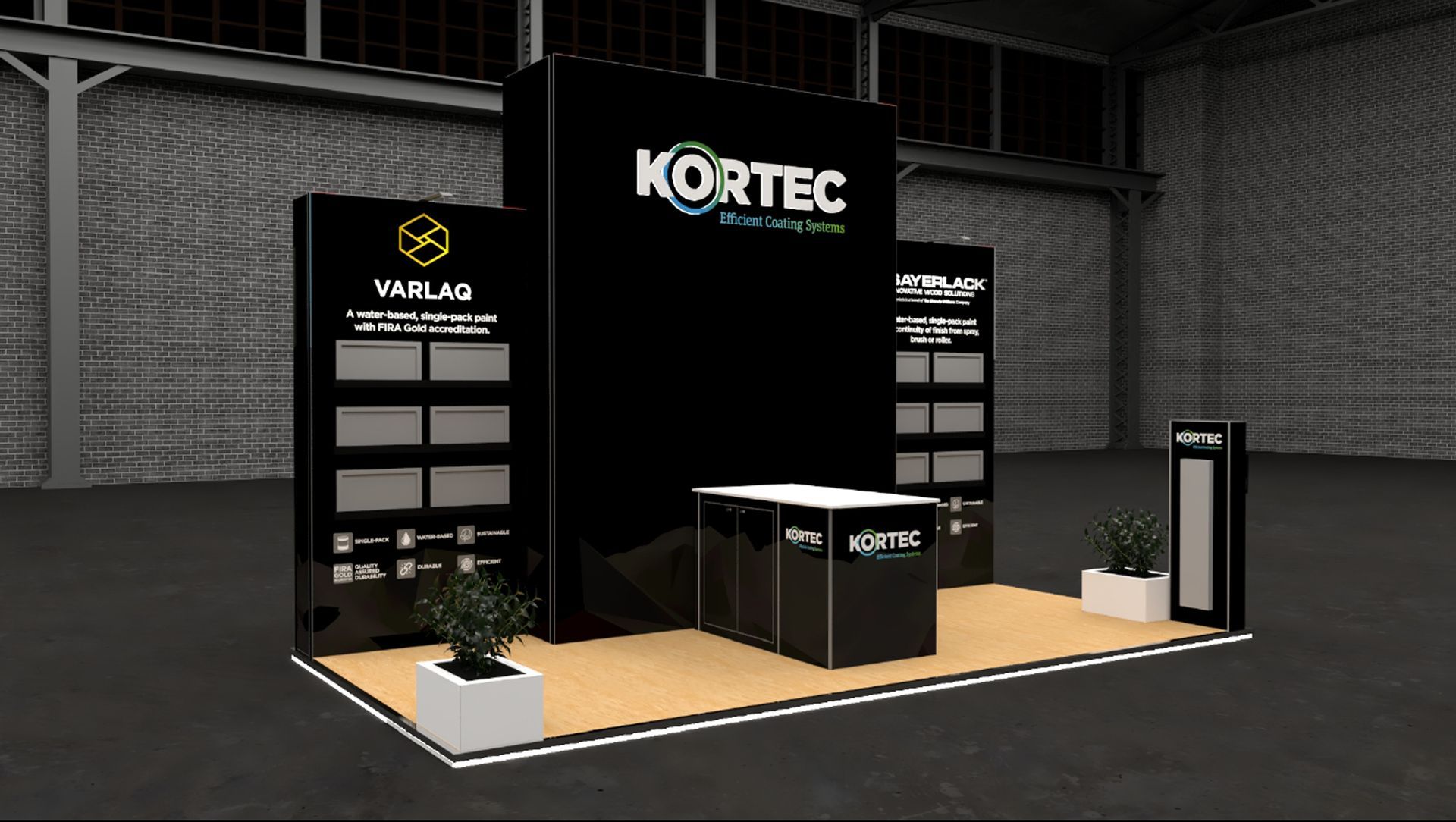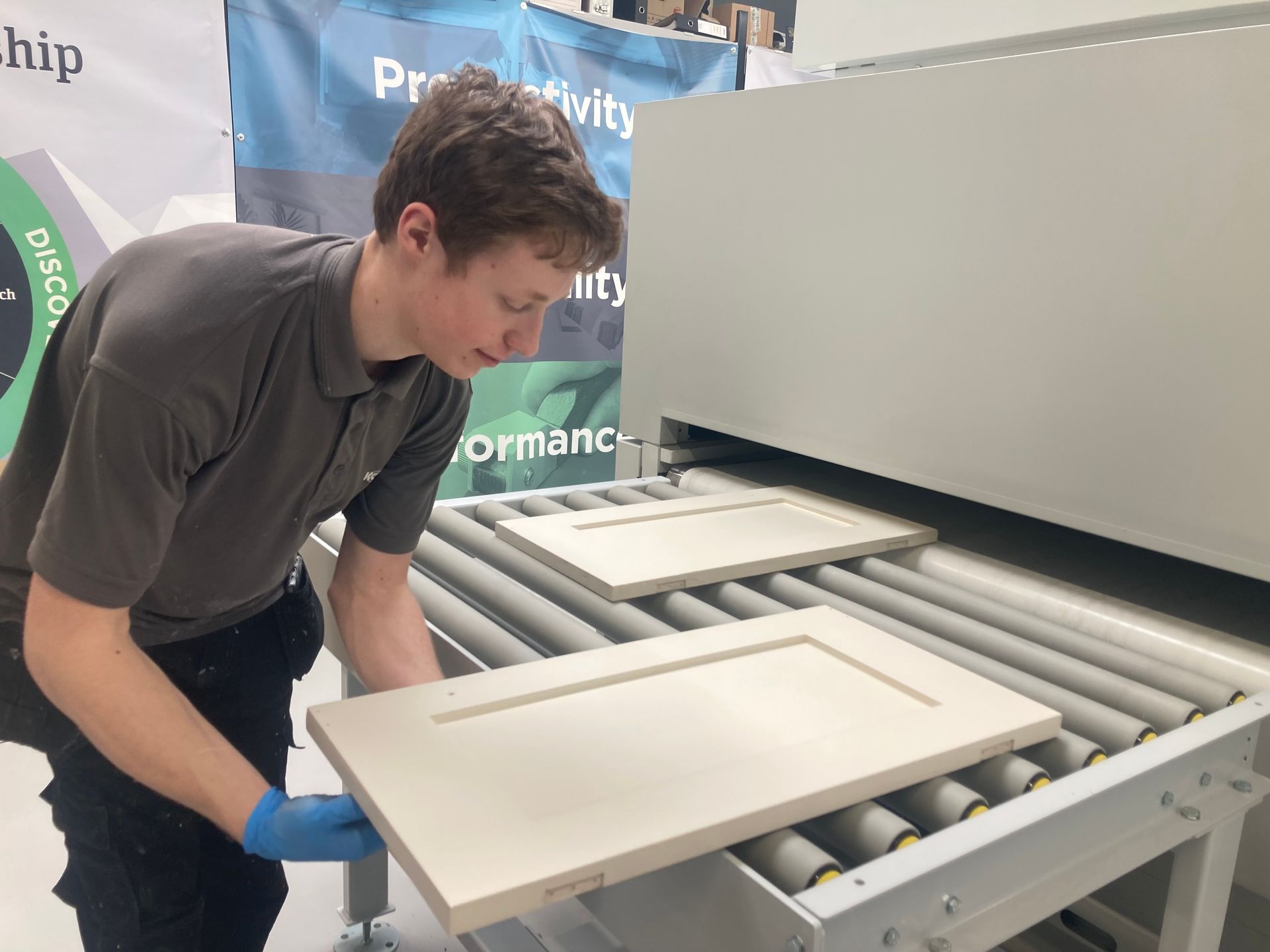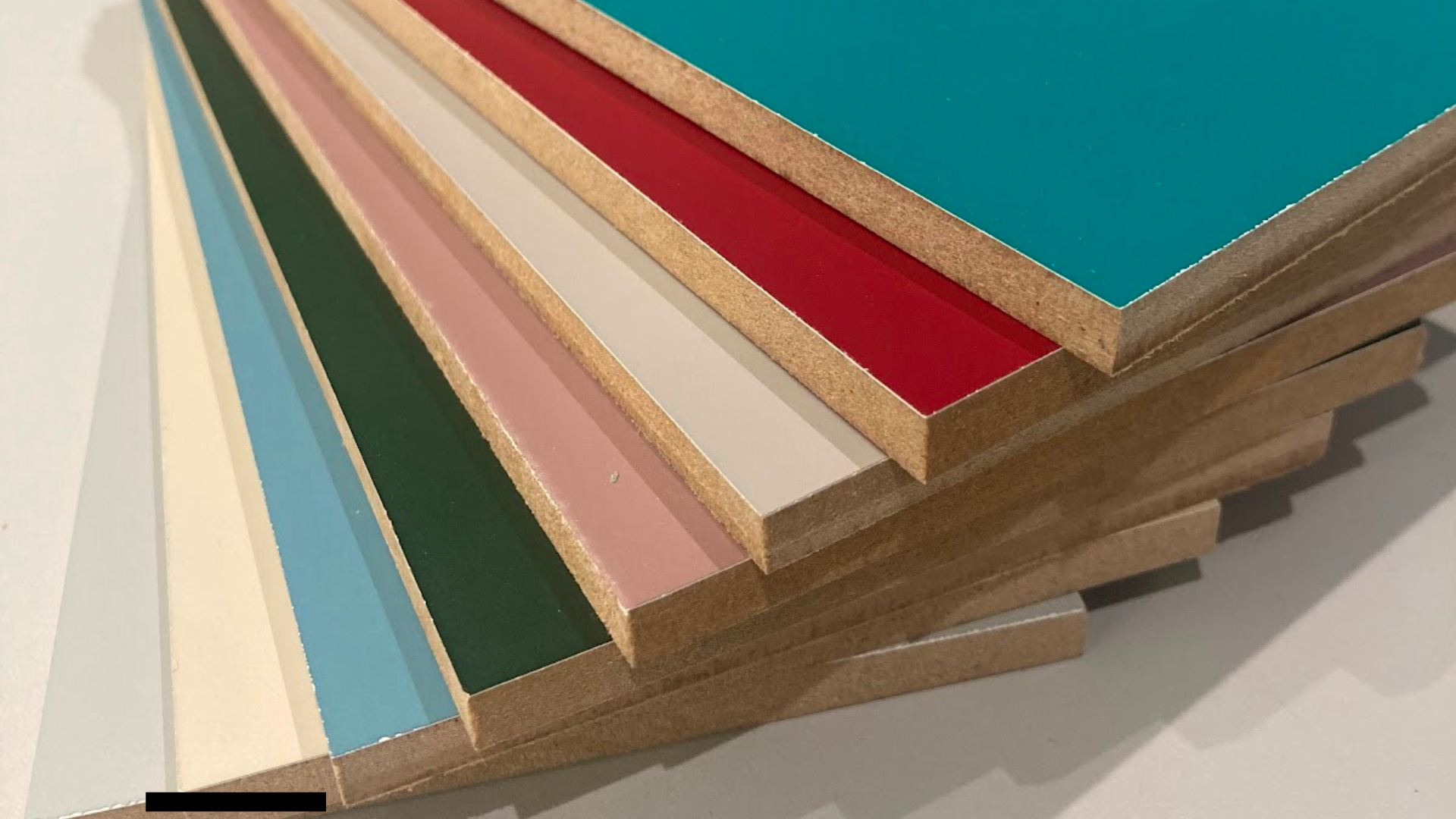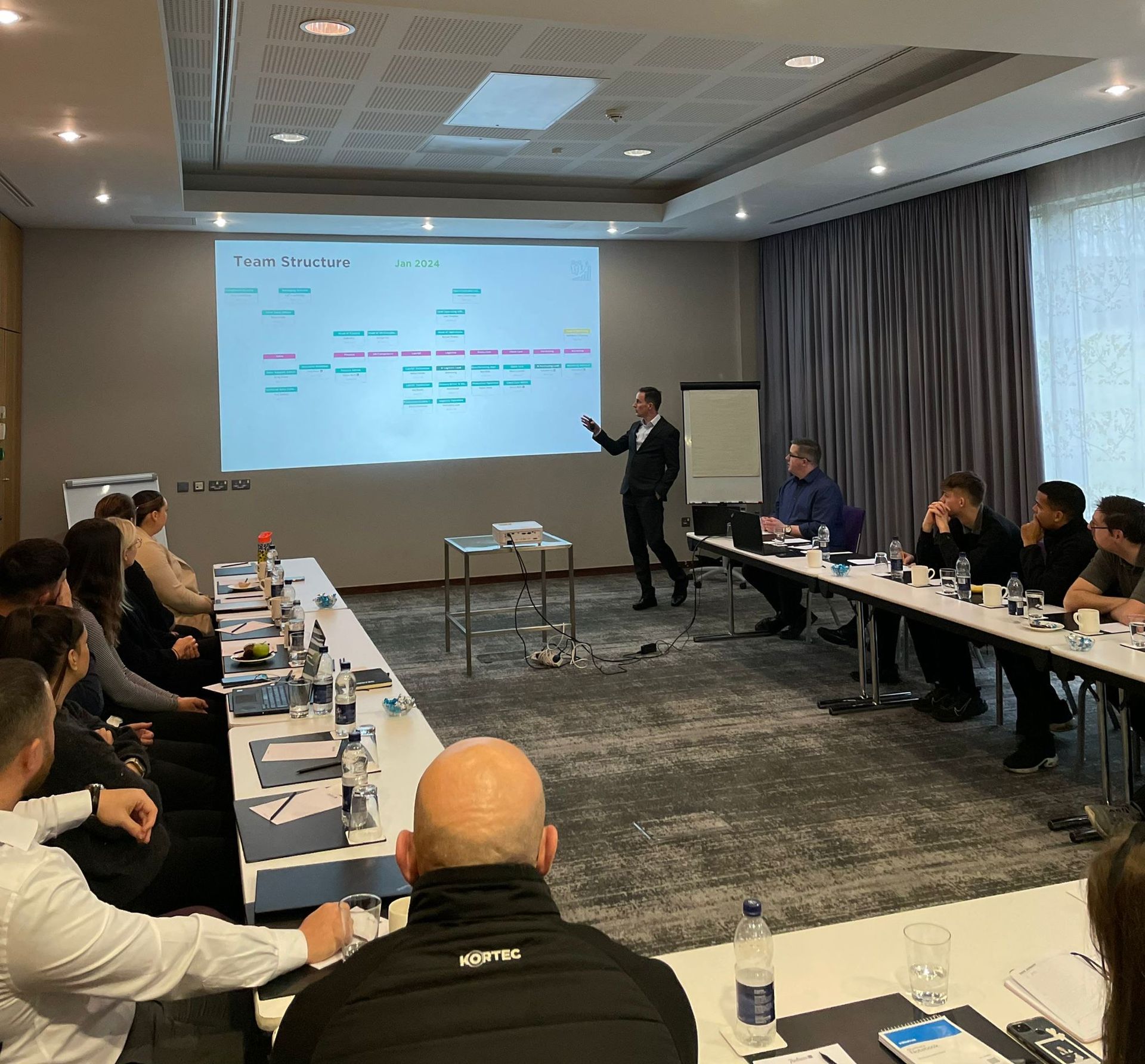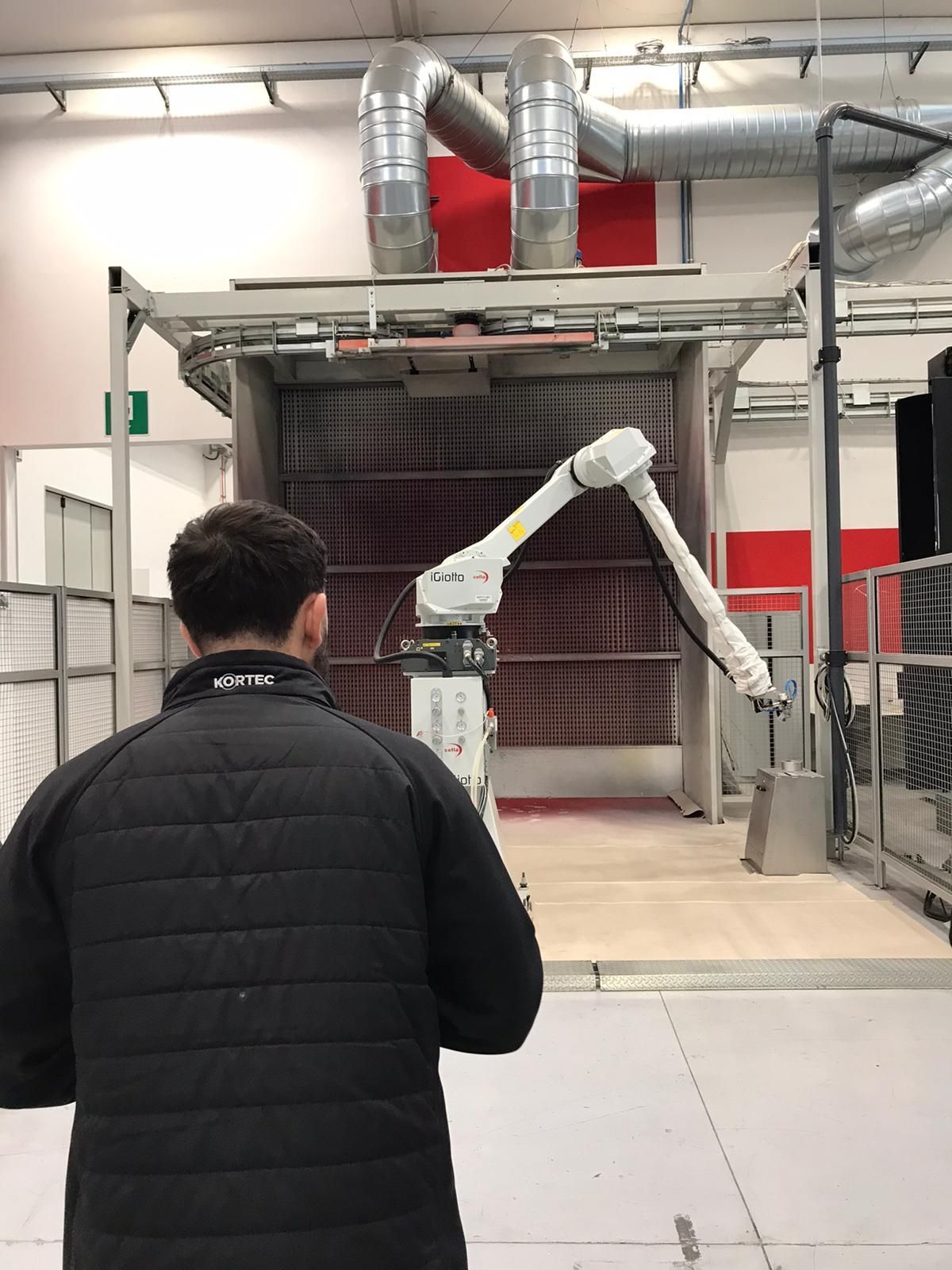What's The Best Type Of High-Performance Metal Protection Coating?
What's The Best Type Of High-Performance Metal Protection Coating?
Comparing the performance advantages and disadvantages of Epoxy, Polyurethane and Acrylic metal protection coatings...
If you’re involved in the industry you are probably aware that the performance of a high-performance metal coating designed to protect metal involves a lot of factors:
- Quality of preparation
- Content of anti-corrosive or physical elements such as zinc or glass flakes
- Thickness of coats
- Number of coats
- Environment
However you may not be aware of the degree to which the basic level of performance is strongly affected by the resin type used, so here we’ve compared three of the most-used types and their various strengths and weaknesses for you. There are several other types used in lower-performance situations or in niche environments such as tank linings, but these are the typical industry standards.
Epoxy
This is what many people think of as the standard heavy industrial default paint, and there’s plenty of reasons for that. The nature of epoxy resins means they have the following characteristics:
- Excellent adhesion to most metals – they are the one of the most “surface-tolerant” types, meaning good adhesion can often be achieved even with minimal preparation. An epoxymastic variation can give even better results in these circumstances
- Great chemical resistance – chemical attack may affect the appearance of the coating but it will maintain the metal protection in most environments
- High surface “hardness” – creating a strong physical barrier
Some of these benefits do have corresponding drawbacks - for example, the excellent “hardness” also means it is a relatively brittle coating, meaning it may not cope with more flexible substrates that are prone to movement, or may chip under sharp impacts.
The other main limitation of epoxy coatings is that they have very poor resistance to UV exposure, so any external application finished in epoxy is likely to “chalk” resulting in a pale dusty appearance. For this reason it isn’t typically used for the final coat, and the most common use is as the primer and/or midcoat in a mixed system with another type of topcoat.
Often zinc and other anti-corrosive agents are added to improve the anti-corrosion properties, and micaceous iron oxide (MIO) or glass flakes can be added to further increase the physical protection properties.
To summarise, epoxies can be superb protective elements to a high-performance metal coating system, but do have limitations in mobile and external applications.
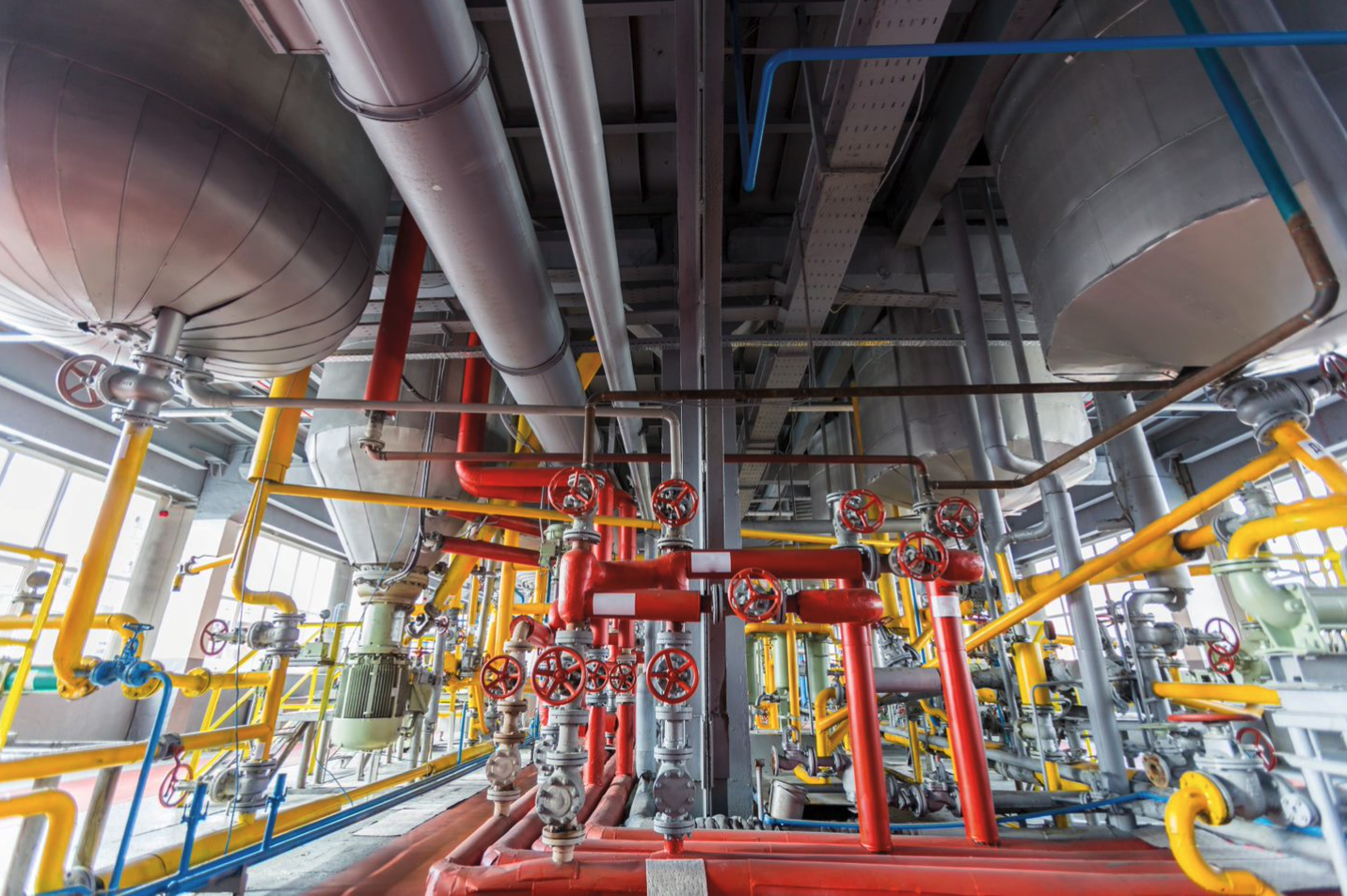
Readers Also Liked: '5 Things You Should Know About The Transition From Solvent To Water-Based Coatings'
Polyurethane
These are also widely used in many standard industry applications – as with epoxy there are many advantages to it with just a few limitations.
- Great UV and general exposure resistant properties - meaning the appearance will stay good over a long period of time
- High flexibility – this makes it very useful on potentially mobile substrates, and means it stands up well to wear and tear
- Generally good chemical resistance – not to the same degree as epoxy and with some weak areas, but perfectly adequate in many situations
- The adhesion properties are also generally good – in general they would not be quite at the level as epoxy, but some are designed specifically as Direct-To-Substrate (DTS) or primer products and they will perform very well.
The key weaknesses of polyurethane typically are it’s film-building properties and cost. They can be designed to achieve good film thicknesses, but not normally to the same level that can be obtained with epoxy. Even when this can be matched, as polyurethane resins are typically slightly more expensive than epoxy, there would be a higher cost to achieve a similar result.
In slightly less aggressive environments, Direct-To-Substrate (DTS) products can often provide excellent protection results in 2 coats, which makes a simple and cost-effective system, but this will not be suitable for all situations.
Due to this, polyurethane is typically either used as a Direct-To-Substrate (DTS) system on its own, or as a topcoat to finish an epoxy system. This maximises the benefits to each – the epoxy’s excellent adhesion and barrier-type protection, supported by the polyurethane’s exposure resistance.
There is one other drawback however – polyurethane hardeners contain isocyanate, which is carcinogenic when inhaled during spray application. Air-fed respiratory equipment is required for spraying these two-part products in any case, so the risk is mitigated but still present.
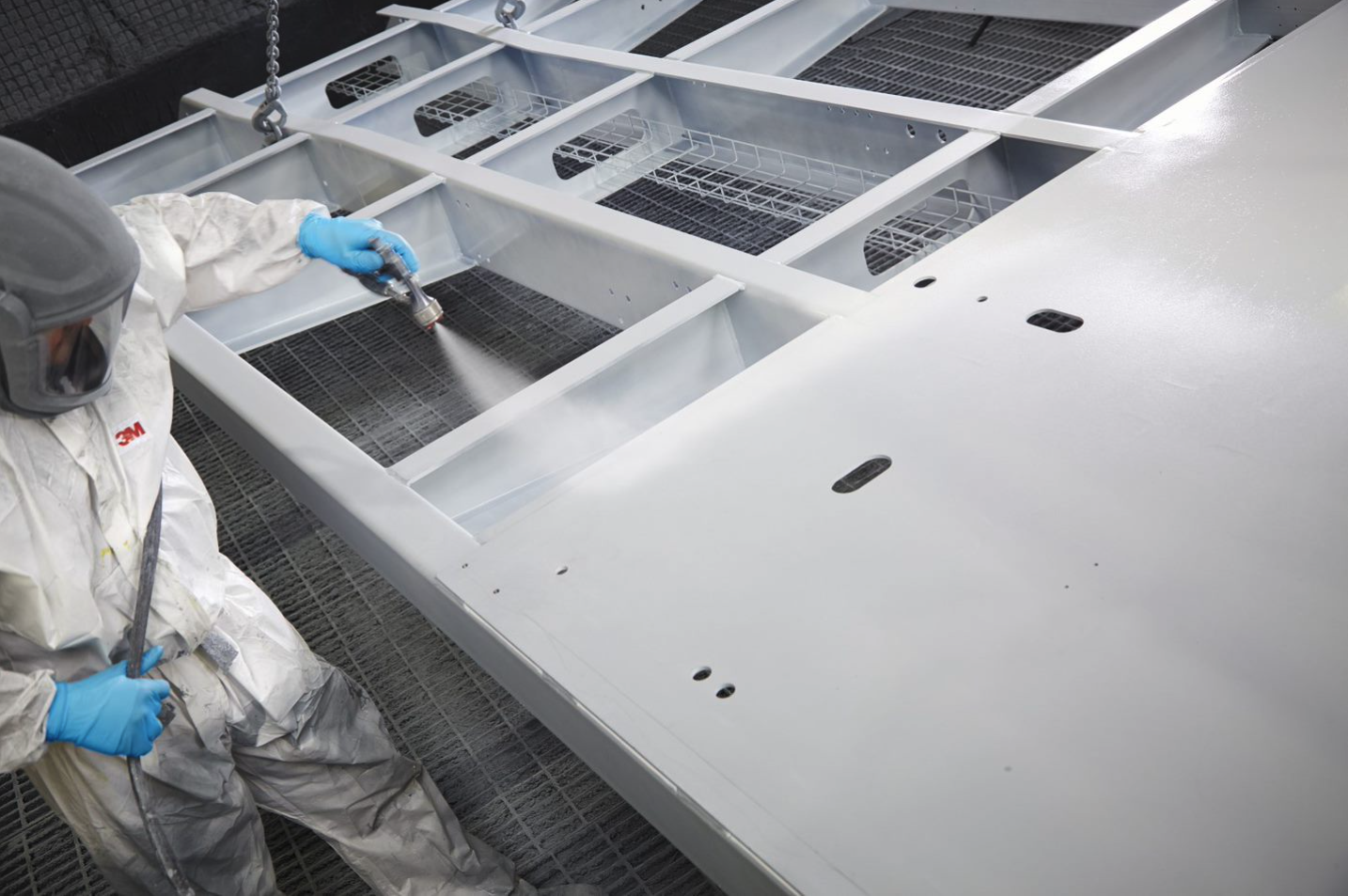
Readers Also Liked: 'How Long Does a Colour Match Take?'
Acrylic
Acrylics are less common than the two types covered above – they would generally be seen as similar to polyurethanes, and used as an alternative to them in some specific circumstances.
The advantages would depend exactly what the individual product was designed for but would typically be a combination of:
- Similar performance to polyurethane products, but without the isocyanate health risk
- Slightly better film-build and gloss-retention properties in some situations
- Shorter drying times to handling or overcoating – this varies significantly depending on temperature, how hard it needs to be to handle etc. Normally polyurethane would be quicker overall, but acrylic can have some advantages in higher temperatures or where a quick flash-off is desirable
The health benefit of being isocyanate-free is often the reason acrylic is chosen over polyurethane; however it is not common as it does also have its limitations. Acrylic resin is typically more expensive than polyurethane, leading to a higher comparative system cost. It can also be significantly slower drying to full cure, particularly in lower temperatures.
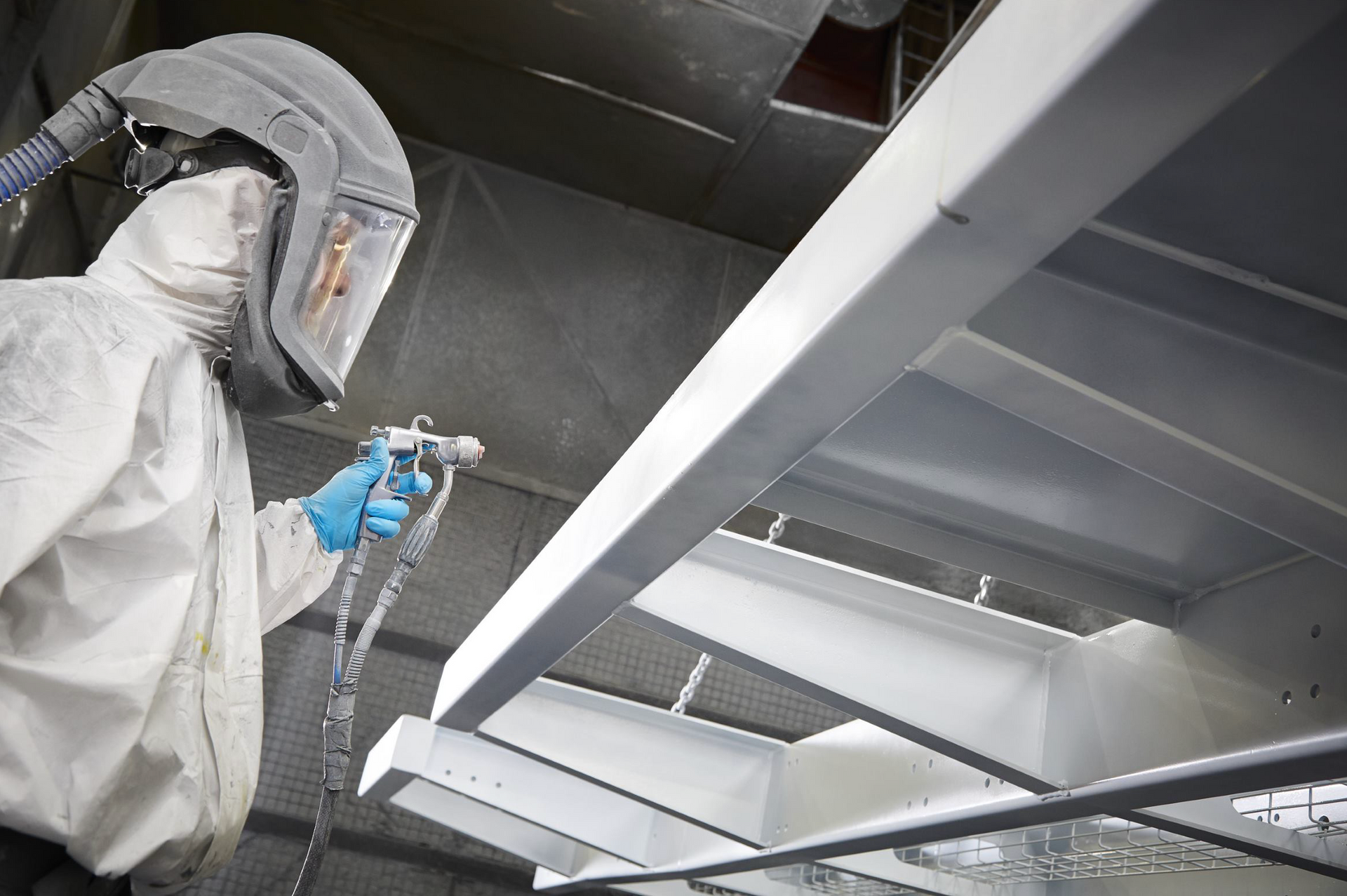
As you can see, each type has its own strengths and weaknesses, so there is no one perfect answer. An epoxy primer (and maybe midcoat) plus polyurethane topcoat system has many advantages and is very common for that reason, but pure epoxy systems, polyurethane Direct-To-Substrate products and acrylic alternatives all have a definite role to play in different circumstances.

Stay In The Loop
Receive Regular Newsletters Straight To Your Inbox
Be the first to receive all the latest articles, tips, tricks, quizzes, calculators, industry advice & news that will land straight into your email inbox!
Contact Us
We will get back to you as soon as possible.
Please try again later.
Book A FREE Discover Session
Take The Next Step Towards Improving Your Coating Processes
Discover the potential to optimise your finishing for maximum efficiency.

Increase Your Productivity

Improve Your Profitability

Enhance Your Performance

Increase Your
Productivity

Improve Your
Profitability

Enhance Your
Performance
When it comes to coating systems, you can’t afford to take chances.
Kortec’s approach is
tested and proven to work.
